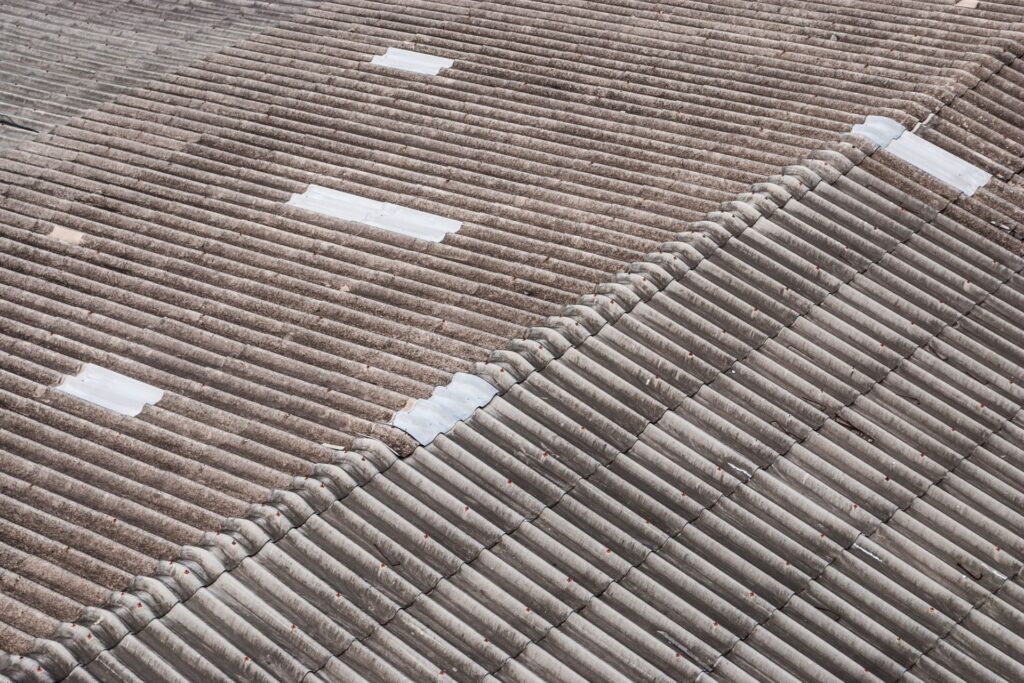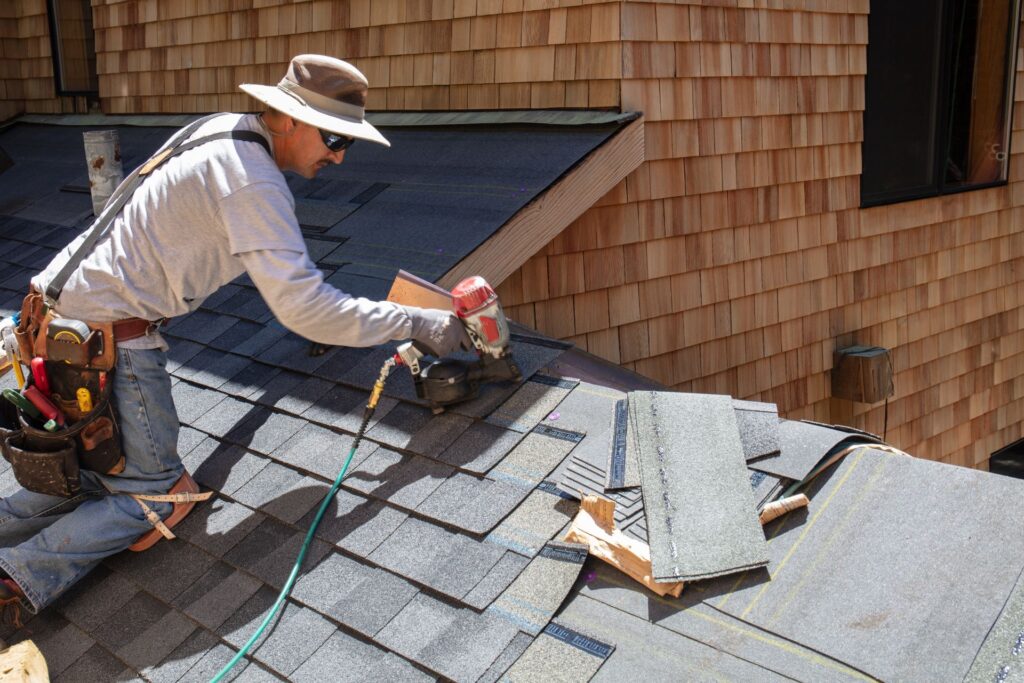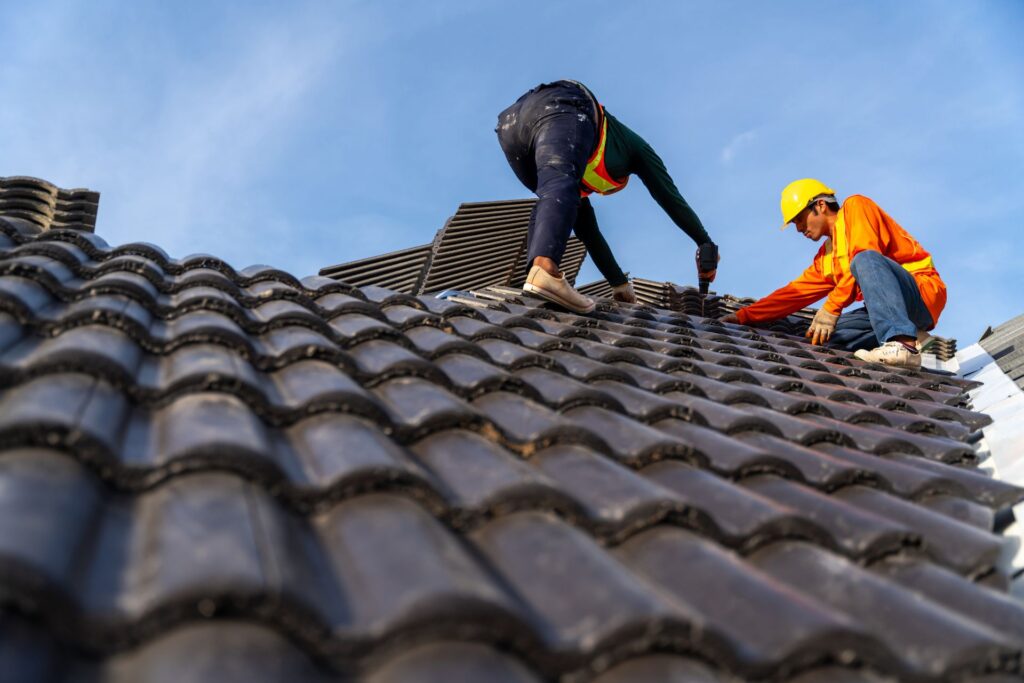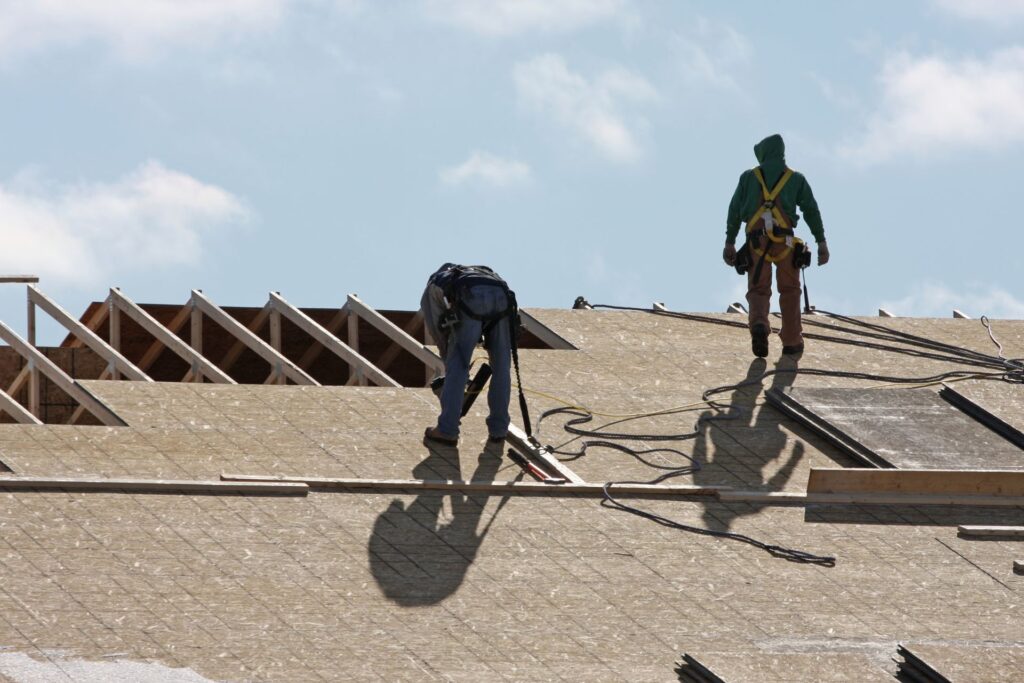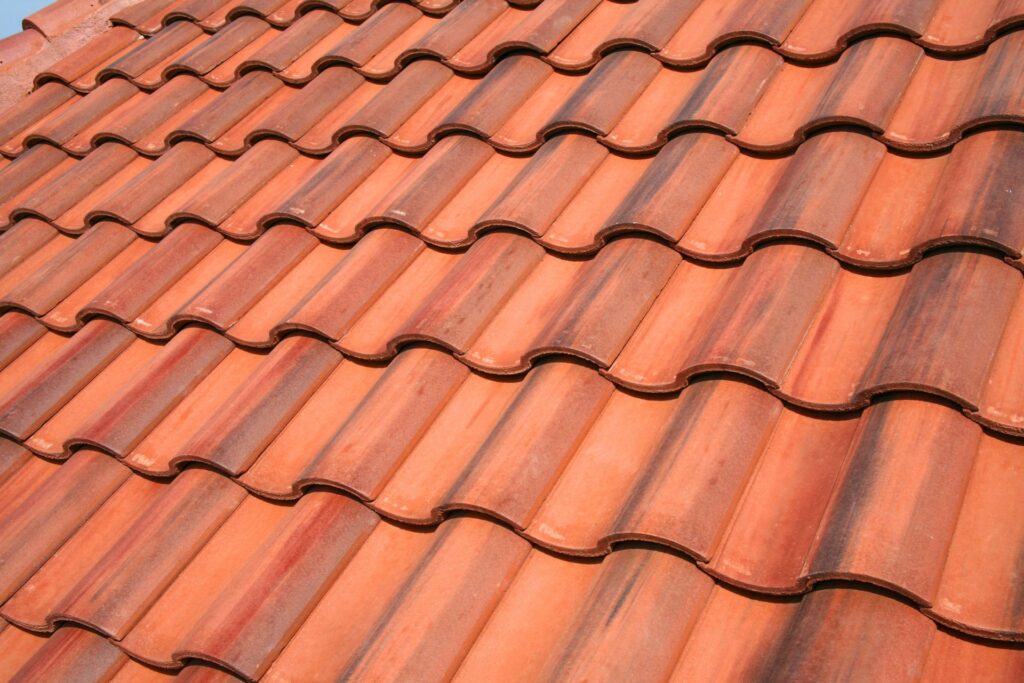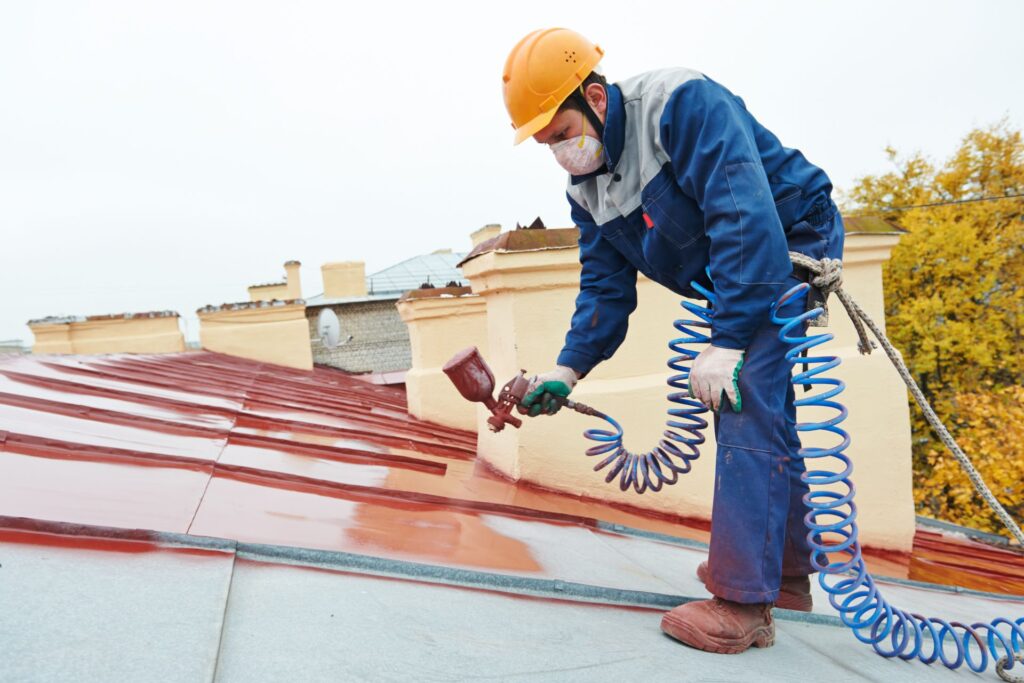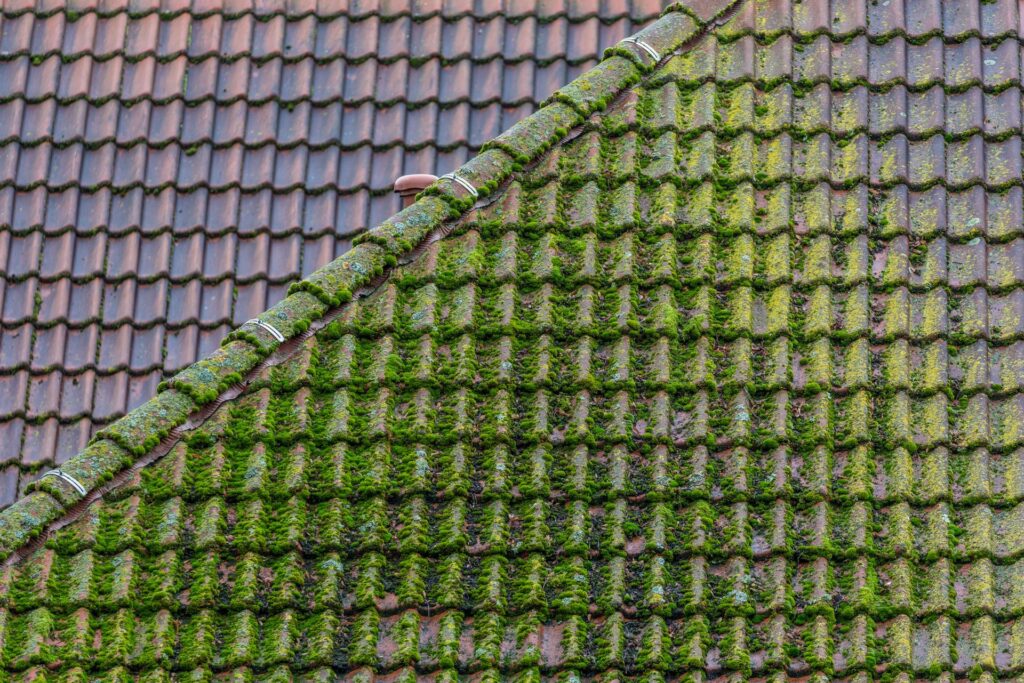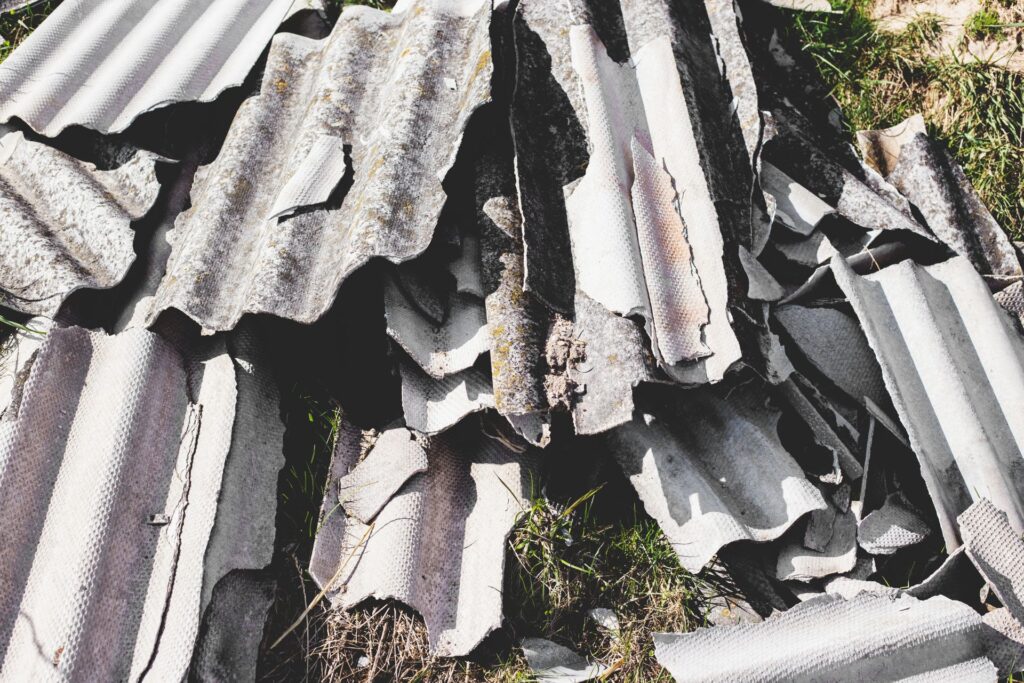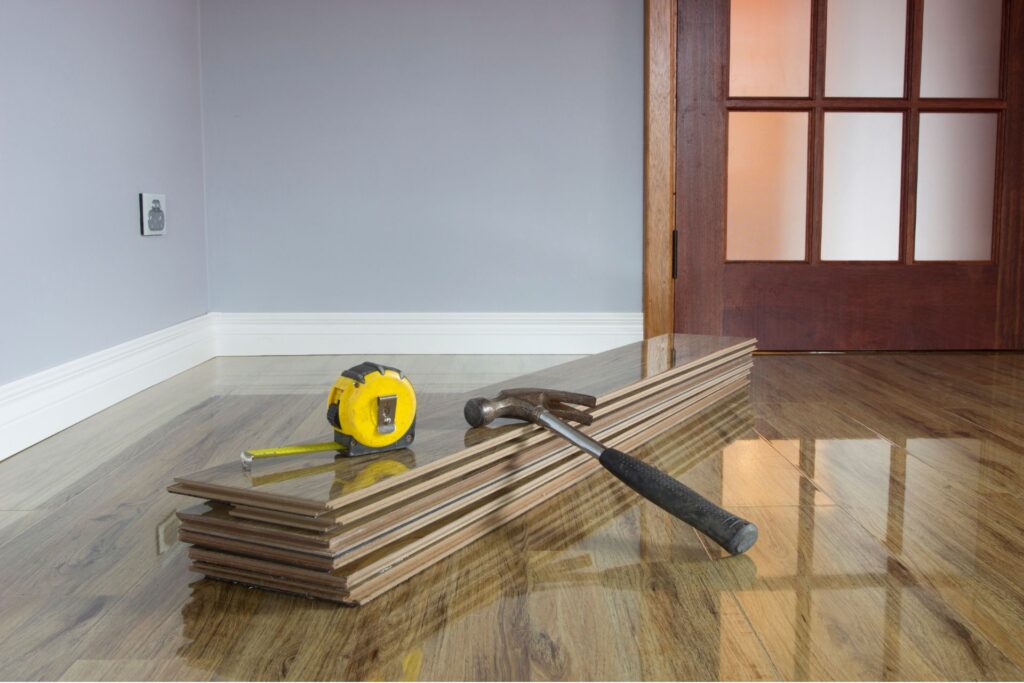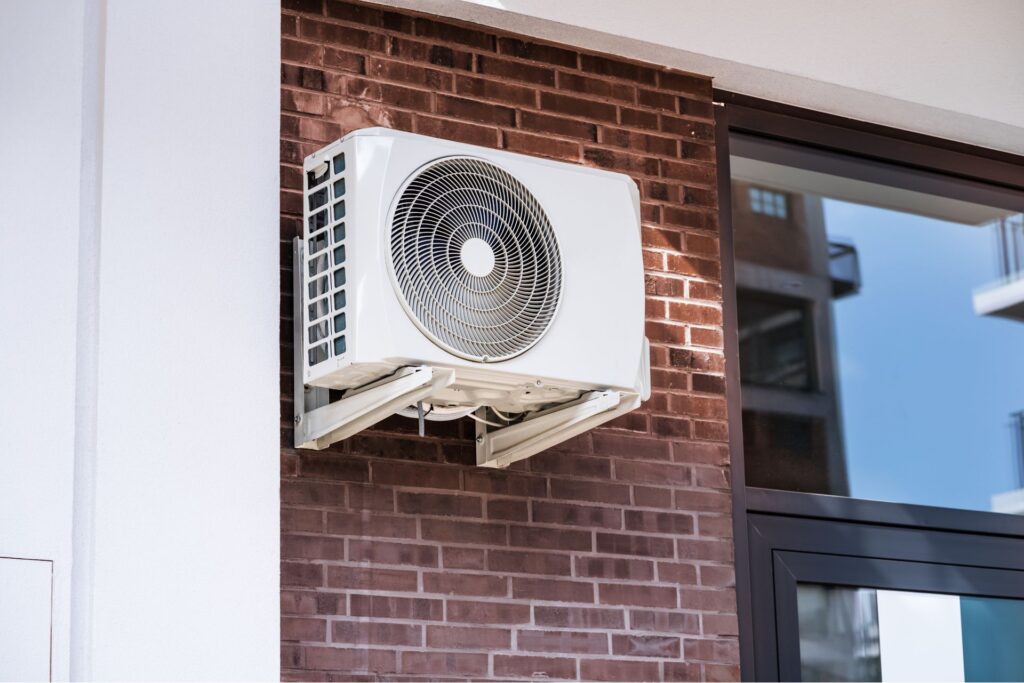Welcome to our comprehensive guide on deciding whether to replace or patch your roof, tailored specifically for New Zealand homeowners. Maintaining a robust roof is crucial, given the diverse weather conditions across NZ—from high winds to the corrosive salt spray along coastal areas. This post aims to dissect the common roofing dilemmas faced by property owners: should you patch up minor damages or opt for a full replacement? We will explore the signs that indicate your roof needs attention, compare the costs and benefits of patching versus replacing, and help you make an informed decision that ensures the longevity and safety of your home.
Deciding whether to patch or replace your roof in New Zealand depends on several factors. If your roof has minor damage, such as a few missing shingles or small leaks, patching might be sufficient. However, for extensive damage, ongoing issues, or if your roof is nearing the end of its typical lifespan, replacement might be the wiser and more cost-effective choice. Always consider the extent of damage, the age of your roof, and future home plans when making your decision. For the most accurate advice, consult a professional roofing contractor who can assess your specific situation.
- Understanding Roof Problems In New Zealand
- Patching Vs. Replacing – Factors To Consider
- Advantages And Disadvantages Of Each Option
- How To Decide The Best Course Of Action
- Preparing For Roof Repairs Or Replacement
- FAQs: About Replace Or Patch A Roof Problem
- Conclusion
- Find A Professional Roof Builder Near You!
Understanding Roof Problems In New Zealand
New Zealand’s unique climate presents a variety of challenges for homeowners, particularly when it comes to maintaining the integrity of their roofs. From the relentless coastal winds to the salty air pervasive in coastal areas, roofs in this country must withstand a range of environmental stressors. This guide will delve into the most common roof issues encountered in New Zealand, helping you recognize the signs that your roof may need some attention.
Common Types of Roof Issues in New Zealand
Leaks: One of the most frequent problems homeowners face is roof leaks. These can be caused by a variety of factors including broken or missing tiles, cracks in the roofing material, or inadequate flashing around vents and chimneys.
Weather Damage: New Zealand’s weather can be particularly harsh on roofing materials. High winds can dislodge shingles or tiles, while coastal salt spray can accelerate corrosion in metal roofs. Frequent temperature fluctuations also contribute to the deterioration of roofing materials over time.
Wear and Tear: Over time, all roofs will experience wear and tear. Regular exposure to sunlight, rain, and other natural elements can gradually degrade roofing materials, affecting their ability to protect your home.
Structural Issues: Often stemming from poor installation or maintenance, structural issues can compromise the longevity and safety of your roof. Inadequate support structures, improper material use, or poor design can lead to significant problems that require immediate attention.
Signs Your Roof May Need Attention
Being proactive in identifying potential roof problems can save you time and money. Here are some signs to watch for:
Visual Cues
Missing Shingles or Tiles: This can be an obvious sign of wear or damage.
Moss Growth: While it might seem harmless, moss can retain moisture against the roof surface, leading to rot and deterioration.
Rust: For metal roofs, rust can be a sign of neglect, especially in salty coastal areas.
Internal Signs
Water Stains: If you see stains on your ceilings or walls, it’s a strong indication that your roof may have leaks.
Mold: The presence of mold inside your house can be due to excess moisture, often from a leaky roof.
Light Coming Through the Roof: This is a clear sign that there are gaps in your roofing material that need immediate attention.
By understanding these common roof issues and signs of damage, homeowners in New Zealand can better prepare to address the challenges posed by their unique environment. Regular inspections and maintenance are key to extending the life of your roof and ensuring it continues to protect your home effectively.
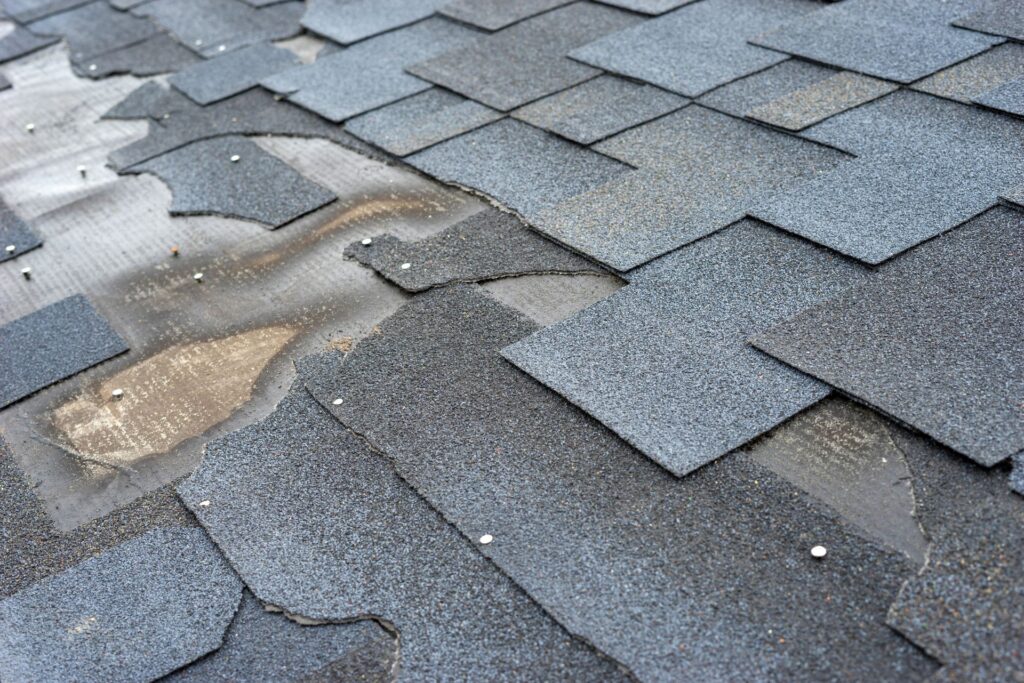
Patching Vs. Replacing – Factors To Consider
When faced with roof damage, homeowners must decide whether to patch the damage or replace the entire roof. This decision can significantly impact both immediate finances and long-term property maintenance. Below, we explore several critical factors to consider that can help you make an informed choice between patching and replacing your roof.
The Extent of Damage
How to Assess the Extent of Roof Damage
Determining the extent of roof damage is crucial. Start by inspecting both the exterior and interior of the roof. Look for missing, cracked, or curled shingles on the outside, and signs of water leakage or mold on the inside, particularly in the attic. If possible, consult with a roofing professional who can provide a detailed inspection and assess any underlying issues that might not be visible.
Examples of Minor vs. Major Damage
- Minor damage typically includes small, isolated areas where shingles might be missing or damaged. These issues often stem from localized wind or debris impacts.
- Major damage, however, might involve widespread issues such as large sections of missing shingles, structural sagging, or significant water infiltration. Major damage often results from severe weather events or long-term neglect.
Cost Considerations
Rough Cost Comparison of Patching vs. Replacing
Patching is generally less costly in the short term, requiring fewer materials and labor hours. Replacing a roof, while more expensive, might be economically sensible if the roof is extensively damaged or nearing the end of its service life.
Long-Term Cost Implications of Both Options
While patching can be cost-effective for minor or moderate damage, it might lead to higher cumulative maintenance costs if repairs become frequent. Replacing the roof, conversely, can offer a fresh start with new materials that might be more durable and energy-efficient, potentially saving money on future repairs and energy bills.
Age of Your Roof
Life Expectancy of Common Roofing Materials in New Zealand
Asphalt shingles: Typically last about 15 to 30 years.
Metal roofing: Can last 30 to 50 years.
Clay or concrete tiles: Often last over 50 years.
How the Age of Your Roof Influences the Decision to Patch or Replace
If your roof is near or beyond its typical lifespan, replacing it might be more prudent than patching. Patching an old roof may only extend its life by a few years at best, which might not be cost-effective in the long run.
Future Plans
How Long Do You Plan to Stay in the Home
Your future in the home should influence your decision. If you plan to stay long-term, investing in a new roof could enhance your home’s comfort and increase its value. If moving is likely in a few years, you might opt for patching to avoid the significant expense of a replacement.
Investment in Home Value
A new roof can significantly increase your home’s marketability and resale value. It often returns more than 60% of the installation costs upon resale and improves the home’s aesthetic and structural integrity.
Deciding whether to patch or replace your roof involves a thorough assessment of damage, cost considerations, the age of the roofing materials, and your future plans. Weighing these factors carefully will help you choose the option that not only suits your current financial situation but also aligns with your long-term property maintenance goals.
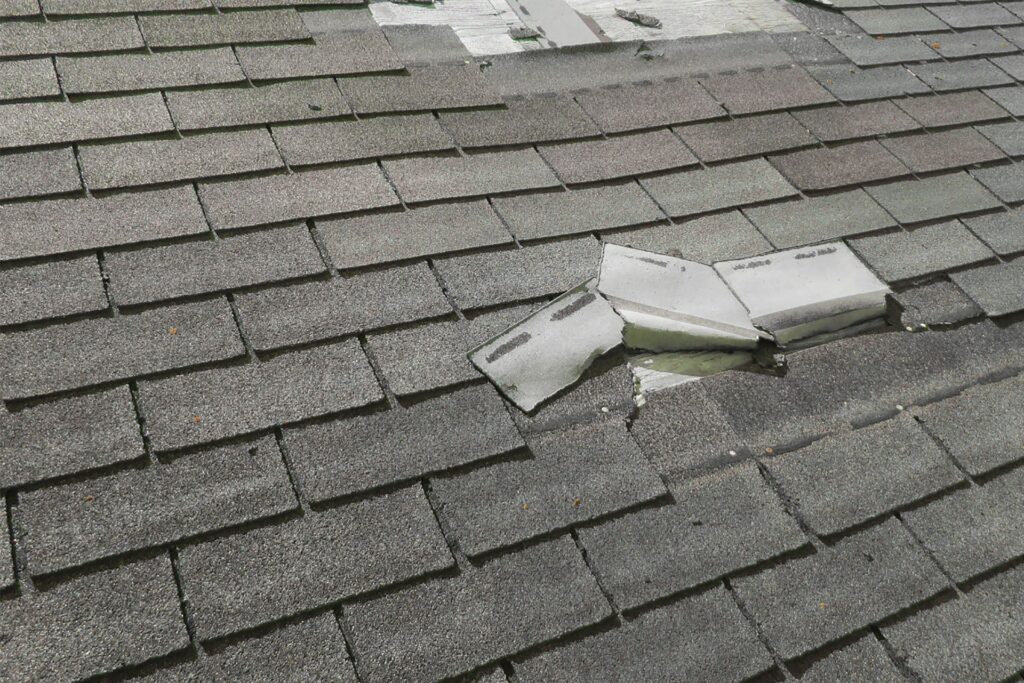
Advantages And Disadvantages Of Each Option
When considering how to address issues with your roofing, understanding the advantages and disadvantages of different approaches is crucial. This knowledge helps in making an informed decision that aligns with both your immediate needs and long-term goals. Below, we explore two common methods—patching and replacing—detailing the pros and cons of each to aid in your decision-making process.
Patching Your Roof: A Quick Fix
Advantages of Patching
Patching is often seen as a cost-effective solution for roof repairs. It is particularly appealing if you are dealing with minor damage such as small leaks or isolated areas where the roofing material has been compromised. One of the major benefits of opting for patching is its efficiency; this method is less time-consuming compared to a full roof replacement. This makes it an attractive option for those needing a quick fix or are constrained by time.
Disadvantages of Patching
While patching can be a quick and economical fix, it is important to consider that it is generally a temporary solution. Over time, patched areas may not perform as well as the rest of the roof, especially under extreme weather conditions. There is also the potential for mismatched materials, which can affect the aesthetic uniformity and potentially the structural integrity of your roof. Such disparities can become evident over time, making your roof look patchwork and less appealing.
Replacing Your Roof: A Comprehensive Approach
Advantages of Replacing
Choosing to replace your roof entirely comes with significant long-term benefits. It is considered the best option for dealing with extensive damage, and age-related wear, or when upgrading your home’s energy efficiency or aesthetic appeal. Roof replacement allows for the installation of newer, more advanced roofing materials that can better withstand environmental factors and potentially lower energy costs. This comprehensive approach not only enhances the structural integrity of your home but also increases its market value.
Disadvantages of Replacing
The main drawback of roof replacement is the high initial cost. It is a significant investment, far more than what patching would cost. Additionally, the process of replacing a roof is more disruptive. It typically involves a longer period of construction, which can be inconvenient and noisy. There is also the aspect of waste disposal of the old roofing materials, which requires proper handling and can incur additional costs.
Making the Right Choice
Deciding between patching and replacing your roof depends on various factors, including the extent of damage, your budget, and long-term home improvement plans. While patching might be suitable for immediate, smaller repairs, replacing could be a more viable option for comprehensive, long-lasting benefits. Understanding these pros and cons will ensure that your investment in your roof is sound and satisfies your needs both now and in the future.
With a clear grasp of what each option entails, homeowners can make more informed choices that ensure their home’s safety, functionality, and aesthetic appeal, all while managing costs effectively.

How To Decide The Best Course Of Action
When deciding the best course of action for maintaining or repairing your roof, understanding when and how to inspect it yourself versus when to call in a professional is essential. This guide will walk you through both scenarios, ensuring you can make informed decisions about your roofing needs.
How to Safely Inspect Your Roof
Safety is paramount when inspecting your roof. Before you begin, ensure you have the proper safety gear, including a sturdy ladder, non-slip shoes, and a safety harness if your roof is particularly steep. Always inform someone else when you’re planning to inspect the roof so they can keep an eye on your safety.
Begin your inspection by looking at the roof from the ground. Use binoculars to get a closer look at the tiles or shingles without climbing up. If you need a closer inspection, carefully use a ladder to access the roof. Remember, it’s not recommended to walk on the roof as you may cause damage or put yourself at risk.
What to Look for During a DIY Inspection
- During your inspection, be on the lookout for signs of wear and tear such as:
- Missing, cracked, or curled shingles or tiles
- Rust spots or cracked caulking on metal roofs
- Signs of moss, algae, or piles of leaves that can hold moisture and rot or damage the roof structure
- Overflowing or clogged gutters
- Damage around vents, chimneys, and skylights
- Sagging or structural deformation
Take notes and photographs of any potential issues. These will be helpful if you need to discuss repairs with a professional.
When to Call a Professional
Benefits of Professional Assessment
While a DIY inspection can help you identify obvious problems, there are benefits to having a professional assessment. Professionals can detect issues that are not visible to the untrained eye, such as structural problems or underlying moisture damage. They also have the tools and expertise to safely perform more thorough inspections.
A professional roofer can provide you with a detailed report and recommend the necessary repairs or maintenance, ensuring that your roof remains in optimal condition and continues to protect your home effectively.
How to Choose a Reliable Roofing Contractor in NZ
Choosing a reliable roofing contractor in New Zealand involves several steps:
1. Get Recommendations: Start by asking friends, family, or neighbors for referrals. People who have had a good experience with a roofing contractor are usually happy to share their contact details.
2. Check Credentials: Ensure the contractor is licensed and insured. This protects you from any liability in the event of accidents or unforeseen issues.
3. Read Reviews: Look up online reviews and testimonials on platforms like NoCowboys or Builderscrack. This can provide insights into the contractor’s reliability and quality of work.
4. Ask for Quotes: Contact a few contractors to get detailed quotes. This will give you a sense of what is a fair price for the work needed on your roof.
5. Discuss Previous Work: Ask for case studies or before-and-after photos of previous projects. This can help you gauge the quality of the contractor’s work.
By following these tips, you can confidently decide the best course of action for your roofing needs, whether it’s tackling minor issues yourself or calling in a professional to handle more complex problems.
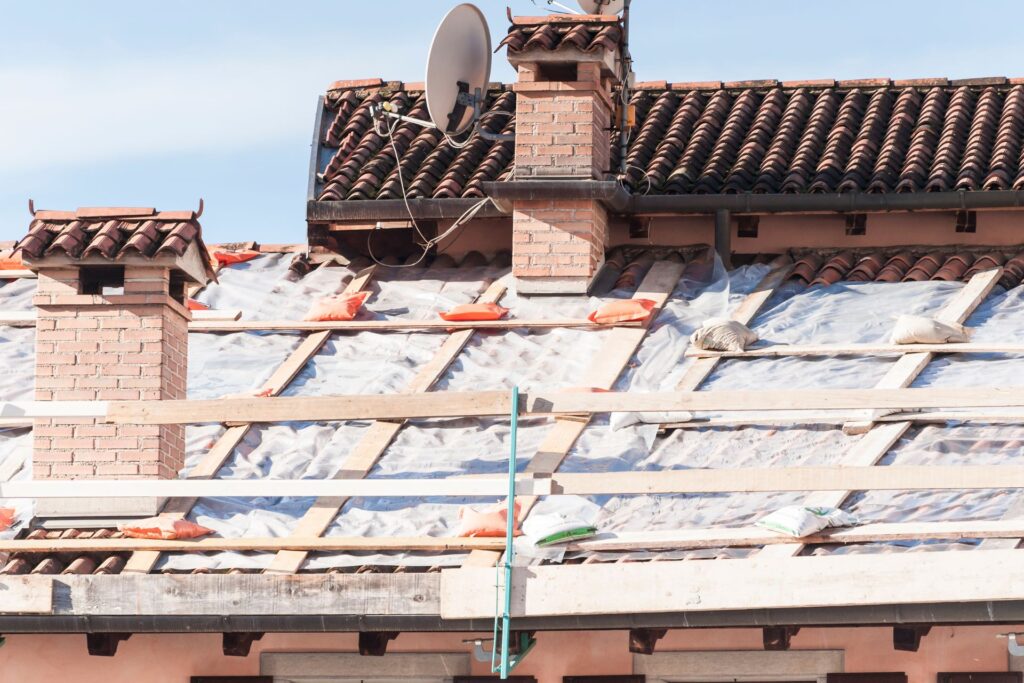
Preparing For Roof Repairs Or Replacement
Roof repairs and replacements are significant investments in your home. Proper planning and preparation can not only save you money but also ensure that the project goes smoothly with minimal disruptions. In this detailed guide, we’ll explore how to effectively prepare for roof repairs or replacements, focusing on budgeting strategies and what to expect throughout the process.
Planning and Budgeting for Your Roof Repair or Replacement
How to Budget for Roof Repair or Replacement
Budgeting for a roof repair or replacement begins with understanding the extent of work needed. It’s advisable to get multiple inspections and quotes from reputable roofing contractors to get a clear picture of what needs to be done and at what cost. Here are key steps to budget effectively:
1. Assessment: Have a professional roofer inspect your roof to determine the condition and necessary repairs. This can help you avoid unnecessary expenses for work that you might not need.
2. Multiple Quotes: Gather several estimates to compare prices and service offerings. This will also give you leverage in negotiating better rates.
3. Plan for Extras: Always include a buffer of around 15-20% in your budget for unforeseen expenses such as additional repairs or complications that might arise once the work begins.
4. Maintenance Savings: Regular maintenance can extend the life of your roof and delay the need for a full replacement, thereby saving money in the long term.
Tips on Saving Money and Finding Financing Options
Saving money on roof repairs or replacements can be approached from several angles:
Choose the Right Materials: Opt for roofing materials that offer a good balance between cost and longevity. Sometimes spending more upfront can be more economical over the roof’s lifespan.
Off-Season Work: Consider scheduling your roofing project during the contractor’s off-season (usually late fall and winter) to avail of lower prices and quicker service.
Insurance Claims: If your roof damage is caused by natural events like storms, your homeowner’s insurance might cover some of the costs. Make sure to check your policy.
Financing Options: Look into financing options if paying upfront is not feasible. Many roofing companies offer financing plans, or you could consider a home improvement loan or a home equity line of credit.
What to Expect During the Roof Repair or Replacement Process
Timeline for Patching vs. Replacement
The time required to repair or replace your roof can vary significantly:
Patching: Minor repairs, such as fixing a few shingles or sealing leaks, can typically be done within a day.
Complete Replacement: A full roof replacement might take anywhere from a few days to a couple of weeks, depending on the size of your roof, the materials used, and weather conditions.
Preparing Your Home for Roofing Work
To make the roofing process as smooth as possible, here are some preparations you can make:
Safety: Ensure that children and pets are kept away from the work area during the project duration.
Access: Clear your driveway and ensure easy access to your roof for the workers. This helps in moving materials and equipment easily.
Protect Belongings: Remove or cover items in the attic and any fragile items hanging on the walls. The vibrations from the roofing work could potentially damage them.
Communication: Keep in constant communication with your contractor about the project’s progress and any issues that might arise. This helps in addressing any concerns promptly and keeps you updated.
By understanding these aspects and preparing accordingly, you can ensure that your roof repair or replacement project is executed smoothly, stays within budget, and results in a durable, high-quality roof over your home.

FAQs: About Replace Or Patch A Roof Problem
Conclusion
In conclusion, when deciding whether to patch or replace your roof, it’s essential to recap the main considerations that can guide your decision. Evaluating the specific condition of your roof is crucial; for minor damages, a patch might suffice, but significant issues often require a full replacement. Before making a final choice, it’s important to weigh all factors, including the extent of damage, the age of your roof, and potential future problems. For a decision as significant as this, consulting with a roofing professional can provide a personalized recommendation tailored to your roof’s specific needs. Such expert advice ensures that your investment enhances the safety and value of your home.
Find A Professional Roof Builder Near You!
- Auckland Roofing Company
- Cambridge Roofing NZ
- Central Otago Roofing Services
- Hamilton Roofing Services
- Hastings Roofing Company
- Hawkes Bay Roofing Company
- Kapiti Coast Roofing Services
- Lower Hutt Roofing Services
- Napier Roofing Company
- New Plymouth Roofing Company Taranaki
- North Shore Roofing Company
- Orewa Roofing Company
- Porirua Roofing Services
- Roof Painting Company Auckland
- Roof Repairs Manukau
- Roof Repairs Takanini
- Roofers Papakura
- Roofing Company Auckland
- Roofing Company Invercargill
- Roofing Contractors Northland
- Roofing Contractors South Auckland
- Roofing Contractors Whangarei
- Roofing Waikato
- Roofing Walkworth
- Te Awamutu Roofing
- Upper Hutt Roofing Services
- Warkworth Roofing Company
- Wellington Roofing Services
About the Author:
Mike Veail is a recognized digital marketing expert with over 6 years of experience in helping tradespeople and small businesses thrive online. A former quantity surveyor, Mike combines deep industry knowledge with hands-on expertise in SEO and Google Ads. His marketing strategies are tailored to the specific needs of the trades sector, helping businesses increase visibility and generate more leads through proven, ethical methods.
Mike has successfully partnered with numerous companies, establishing a track record of delivering measurable results. His work has been featured across various platforms that showcase his expertise in lead generation and online marketing for the trades sector.
Learn more about Mike's experience and services at https://theleadguy.online or follow him on social media:

